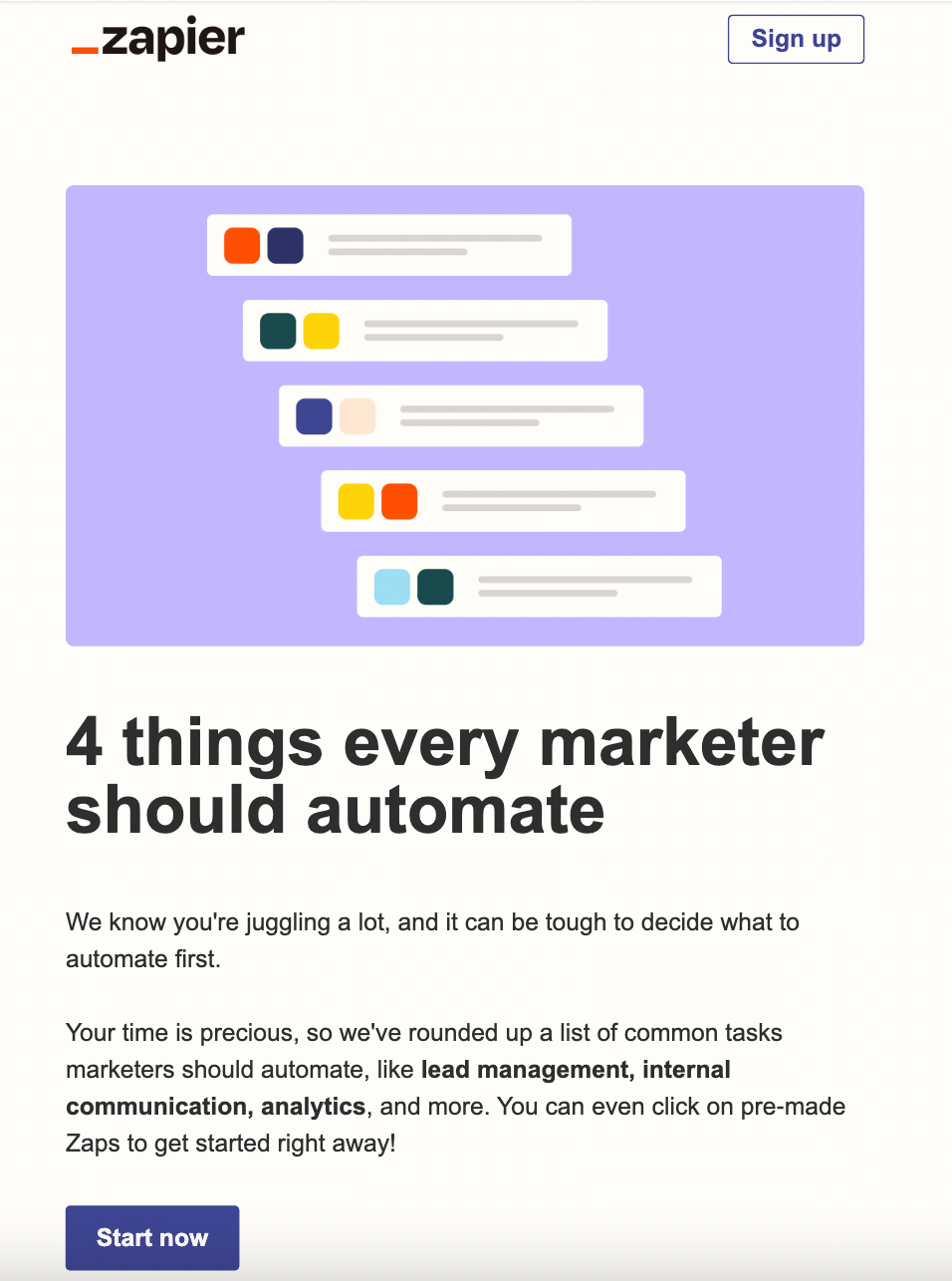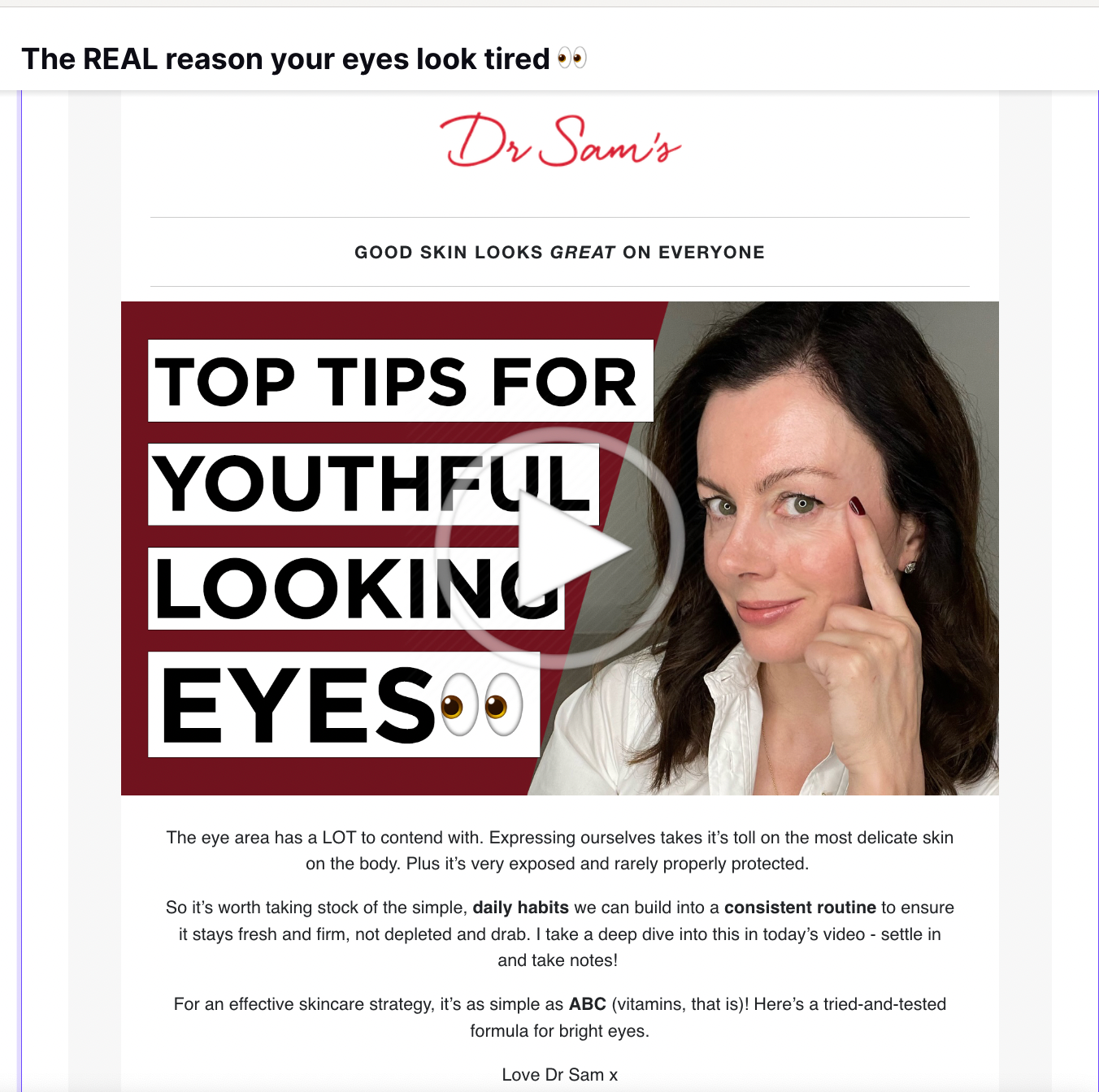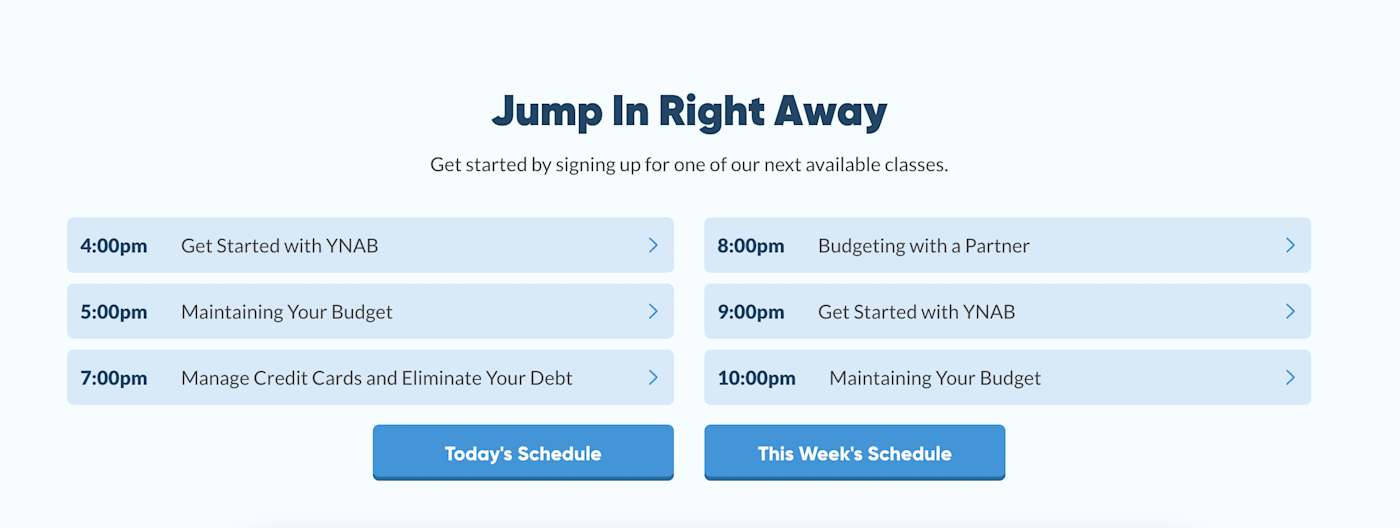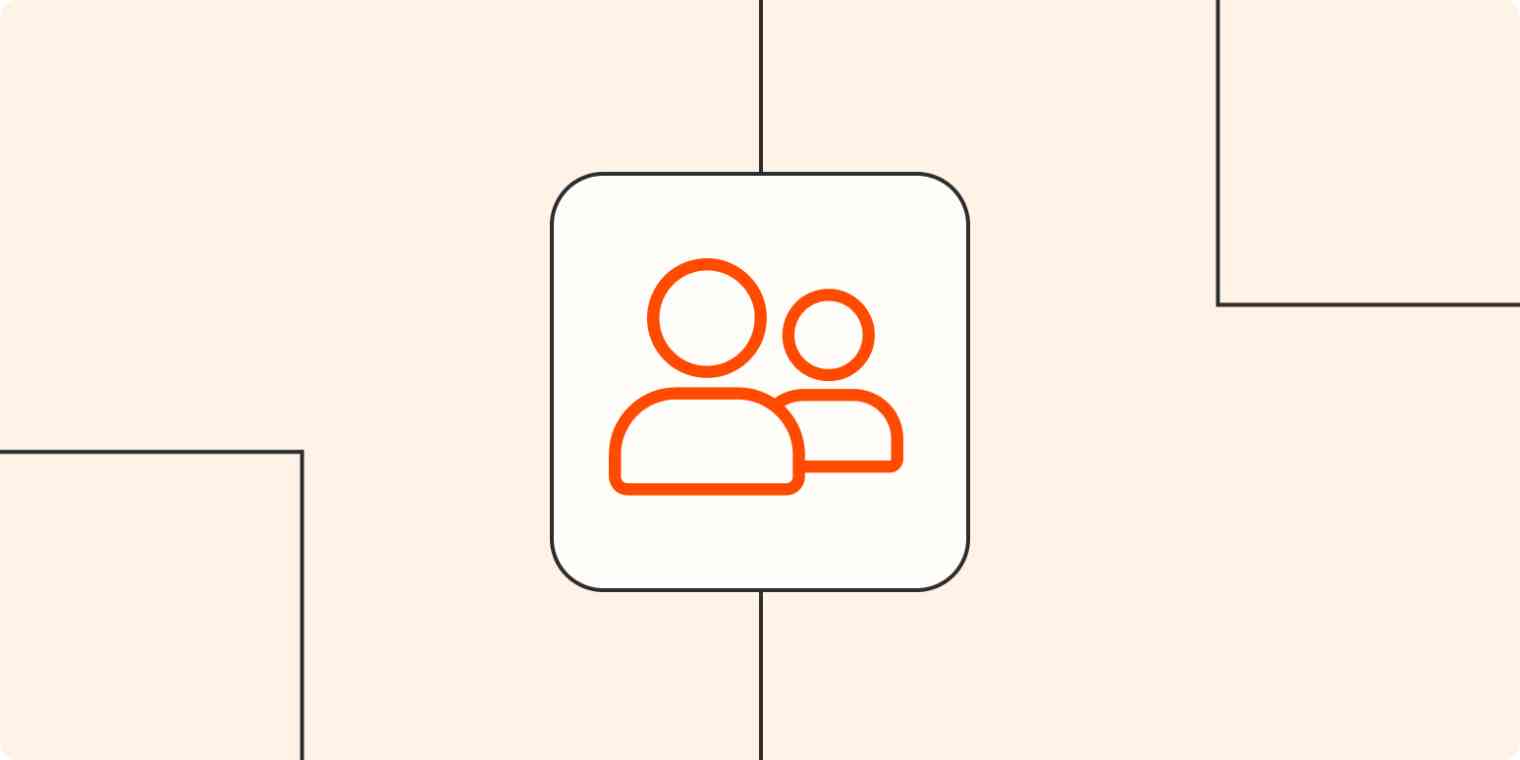Nobody enjoys being taken for granted. Customers are no different. If you want to keep them, increase their individual sales, and perhaps make unofficial ambassadors out of them, you need to continue marketing to them.
The time has never been better to review and expand your retention marketing efforts. With growing economic uncertainty, people and businesses get more budget-minded. They're looking for expenses to cut, so remind them often of the value your product or service delivers. And if your business is reviewing its expenses, shifting marketing budget to high-ROI customer retention campaigns is a smart choice.
Your customers aren't the end of the line—they're your core
HubSpot explains the value of putting customers at the center of your marketing strategy in its video, "Why It's Time to Replace Your Funnel with the Flywheel."
Instead of seeing customers as "output" at the end of a linear process, the better perspective, according to HubSpot, is to understand that customers are the "accelerant" that can help you grow your business—if you nurture that relationship with the right content.
Marketing to customers works regardless of what you're selling, from a SaaS subscription to skincare. B2B or B2C. It works for nonprofits and associations too. You can adapt the same basic principles for strengthening relationships regardless of whether you're talking to customers, donors, or members.
The 4 customer segments critical to successful retention marketing
The first step is to segment your customers into these four groups:
New acquisitions (first-time customers)
The unmotivated (one-time or low-engagement customers)
Sleepers (past customers who haven't purchased or engaged in a long time)
Heroes (repeat customers who are or could be unofficial brand ambassadors)
Your company has a distinct relationship with each segment, and there are important differences in how each group feels about your brand—and what they need from you.
Here, I'll dig into each segment and offer ideas for how to market to them. As you implement these ideas, remember that content type matters. If you have worthwhile stories and messages to share, always think about text, infographics, videos, interactive tools, and other formats you can use to repurpose that content to meet the widest content consumption preferences.
1. Retention marketing starts with your new customers
Your new customers are excited: it's the start of a new relationship, and anything is possible. What new customers want and need is reciprocity. They've made the first step, and they want to know you're invested too. You can show them your commitment by providing them with an exceptional onboarding process.
The welcome content should be immediate, reinforce why they made an excellent decision, and clearly target the customer with unique information most relevant to them.
Zapier offers a number of subscription tiers, with its company subscription geared towards large organizations that need enterprise-grade features. Zapier's welcome email to those users immediately reminds them of all the extra features and advantages they get to enjoy with this top-tier plan.

After the initial welcome, additional content should follow quickly that helps the new customer start using and benefiting from their purchase. Here's another onboarding email Zapier sends to new customers who are marketers.

Of course, onboarding isn't just for software. Every new customer has an onboarding experience that either improves their already positive feelings toward the company or disappoints them.
I recently bought a skincare tool that can be dangerous if used improperly. Besides the typical eCommerce emails, I also received a text inviting me to talk with one of their experts on how to use it. Did I take them up on their offer? No, and I deleted the text before I knew I'd want a screenshot for this article. But I appreciated and remembered their offer, and I feel like I can get in touch with them for that personal help when I want it.
To recap, when speaking to your new customers:
Educate them on your product or service
Offer them help for getting what they need from you
Target them with unique information that's relevant to them
2. Motivate one-time or low-engagement customers
Next up are the customers who bought once or infrequently, or the ones who aren't using your service very much. Maybe they don't know how to get the most out of their membership or subscription. Maybe you're the path of least resistance or you're moving toward their "unnecessary" expense list of budget cuts. Maybe they're ripe for the picking by one of your competitors.
Who knows? You should. Figure out why a low-energy customer isn't really engaged with your brand anymore. Start analyzing the information you have about them:
Customer service history. What problems did they have? How were those experiences? How can you make them better?
Purchase history. Are there clues that someone bought the wrong product and might be better served by something else you offer? Are they chronic cart abandoners? What are they leaving behind, and how can you lure them back?
Engagement history. What content and products capture most of their interest? How can you target them with relevant information based on that?
You won't be able to address each customer individually, but find the recurring themes and reasons that lead to unmotivated customers, and build campaigns around them. This exercise will also help you identify areas where you can improve existing campaigns (or improve your product or service).
Re-engage past customers with your email campaigns
One indicator of an unmotivated customer is low engagement on the emails you send. They never click through or take action; perhaps they aren't even opening them. If the low engagement is widespread, it could be a sign you need to up your email marketing chops. Start aggressively testing subject lines if your emails don't get opened. If click-throughs are low, embed video content above the fold.

These subscribers don't even have to click through to have a complete experience—you can share the complete story, tip, or whatever your message is within the email. Will you have a button with a relevant call-to-action they can click? Of course. But if you're sending a lot of teaser emails with "learn more" or "read on" buttons that aren't sparking engagement, try out no-click content in your email instead. It can keep the relationship active, and keep your brand top-of-mind when they want to buy again.
Make contact beyond the inbox
Snail mail has gained some cache and is far less crowded than the inbox. You might try sending unmotivated customers a high gloss postcard. Some ideas for postcard content:
Quick tip or helpful information
Introduction of a new product or service
Deal or coupon
Thank-you card for their previous purchase
Card for an occasion
"We miss you" card
Feedback request
Include a link or QR code on the postcard, so the switch to digital contact is easy.
You might also run a retargeting ad campaign for unmotivated customers, but do it fast. Ad retargeting relies on third-party cookies, which are getting phased out.
3. Wake up your sleepers
Sleeper customers haven't bought from you in a while. They're not subscribed to receive emails or texts, so reaching out to them is trickier. Take special care to make sure your marketing campaign to this group complies with any applicable consumer protection laws before sending anything.
To get started, figure out why they're no longer customers. If they left because of disappointed hopes or a sense of getting a false promise from you, share pointed content that details how they can access that value expected. Develop new guides, tutorials, or quick tip content that fills in those gaps. You might also uncover where customers would prefer more self-service tools to answer their questions or resolve issues quickly.
Even if you decide not to market to them, developing this content and resources will help you keep your new and existing customers. If you decide to market to them, share the content that targets their knowledge gap or disappointment. Where you can't identify a specific (or likely) reason they're dormant, design a campaign that addresses the common reasons customers have left. Let them know what's changed and what's new.
4. Encourage your heroes
Don't overlook your happy customers! Continue with what you're doing that keeps them active subscribers, members, or regular buyers. But also encourage them to become brand advocates. Here are some ideas:
Develop and promote a referral program
Run campaigns that motivate loyal customers to create user-generated content
Show appreciation to long-time customers via exclusive offers
Engage with your supporters on social media
Create a customer advisory board
These are some of the accelerants HubSpot was referring to when it moved to the flywheel model. Content targeting your happy customers is key.
Always be educating
The retention content you send customers should always educate them about the value you offer them. Keep showing them all the ways they can get value from what they buy from you, both on a strategic, big-picture level and through practical tactics.
Develop explainers on how they can maximize the value, and then repurpose that content into a thousand different formats. A robust and flexible service or product often means it also has complexity, especially to unlock its full potential. That means you have customers feeling overwhelmed, so never stop helping them out.
Here's the weekly schedule of free, live one-hour classes You Need a Budget (YNAB) offers and makes available to anyone. YNAB consistently links back to this page in other content, so customers and prospects know about these resources.

Here are some other ways you can educate customers outside of tutorial-style content:
Refresh their memory of related products or services that will help them get even more out of what they already have. Don't assume they know everything you offer or remember how it relates to what they have.
Deliver hyper-personalized content. Spotify does a pretty good job with their Discover Weekly playlist and other mix lists they generate based on my listening history.

SaaS platforms, especially B2B tools, can send out weekly usage highlights. I get regular emails from at least two of the SaaS tools I use for my business, and they're always an interesting view into how I'm using them and remind me to think about whether I'm getting all I can from them.
Case studies and customer profiles aren't just for closing prospects. These are evergreen success stories that help any type of customer see exactly how others are doing more with what that customer already has.
Make retention marketing a priority
Money spent targeting existing customers will almost always get you a higher ROI than money spent working to acquire new customers. You always need to do both, of course, but look at your budget, and assess whether you're paying enough attention to your customers. Much of the customer-oriented content is also valuable for prospecting, so it's an efficient spend and easily repurposed.
Retention marketing also keeps you engaged with your customers, which is important if you want them to stay engaged with you. You'll continuously learn what they want now, what fresh pains they're having, and what areas you can improve to keep their loyalty.
Marketing to your customers is a winning strategy to get you through the lean times and help you take off during the prosperous times.
Related content:





